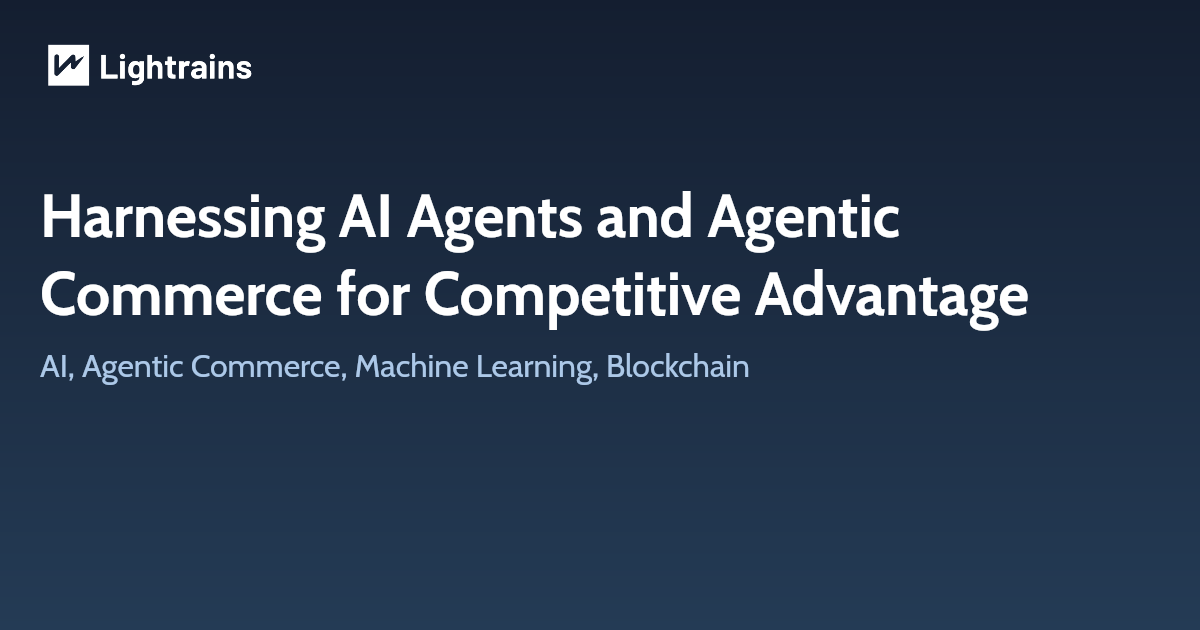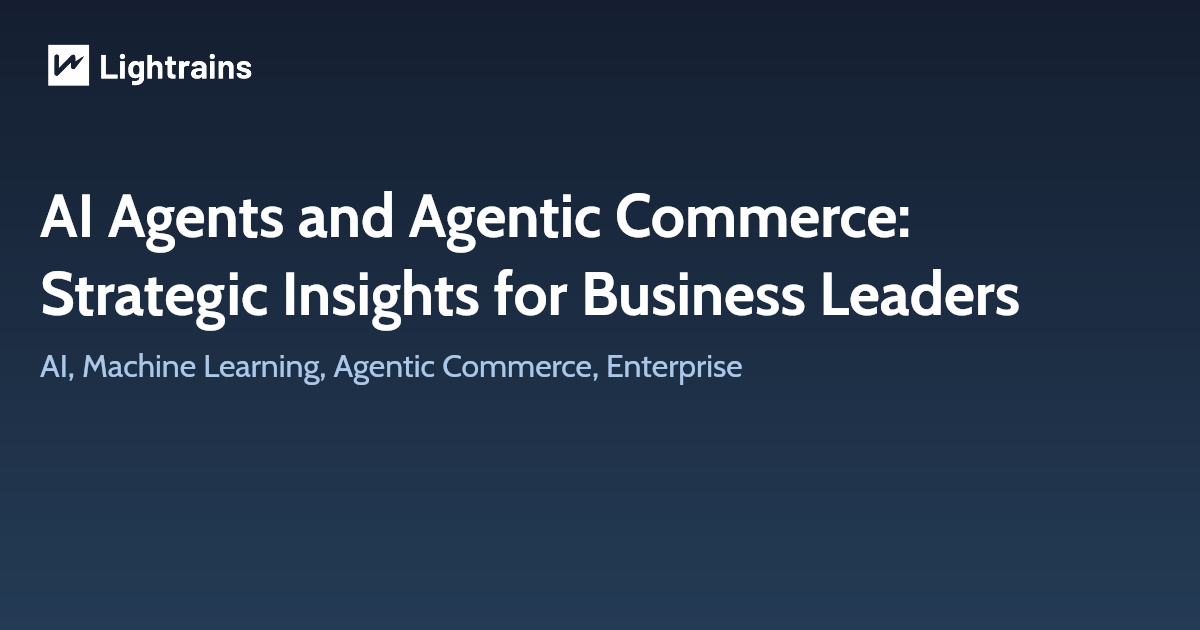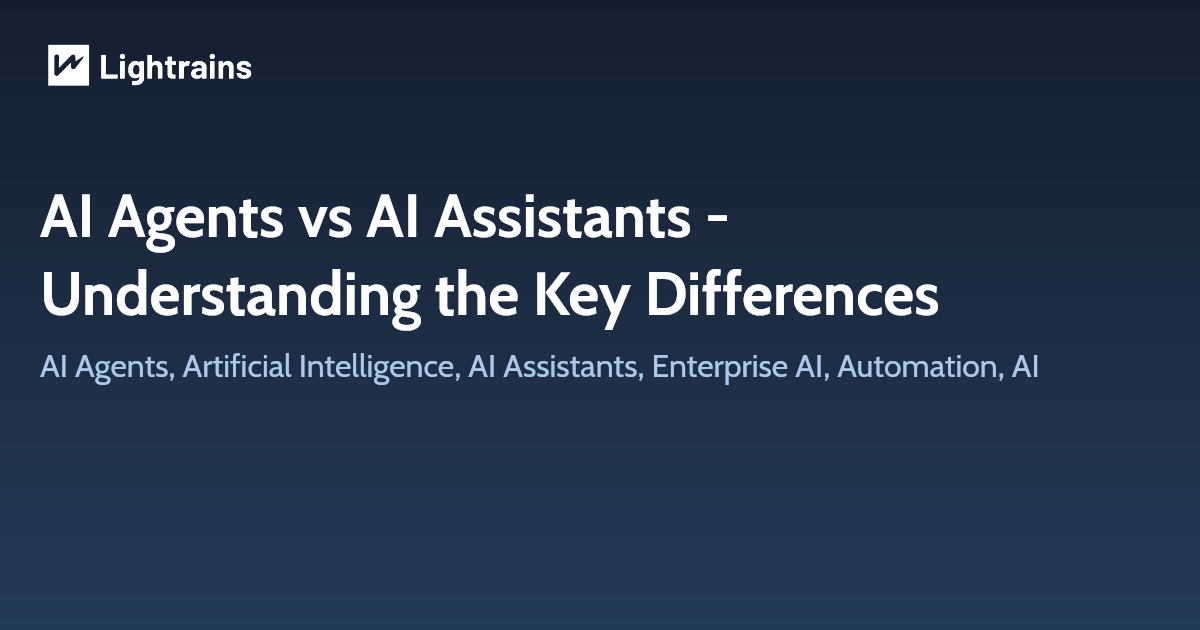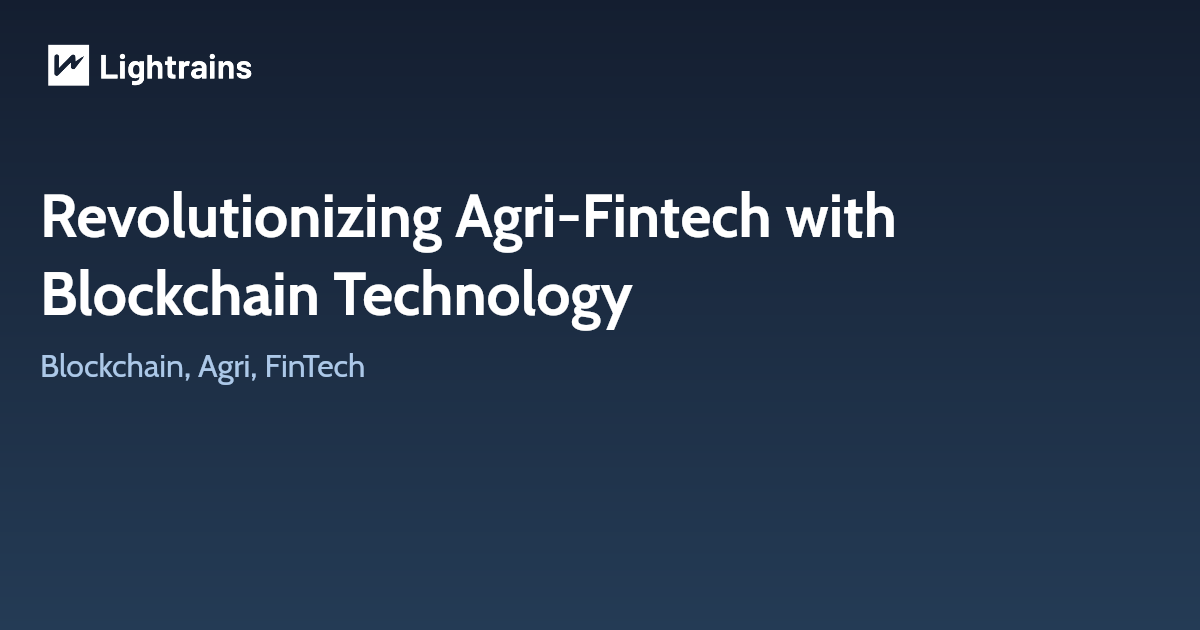
What is the metaverse? Why is there a huge buzz over the topic over the past few months? Why is the media discussing the topic every now and then? Is it some sort of fiction? Well, to address these questions, here we present to you our ‘Metaverse FAQs 101’, to help you.
Q1. What is the ‘metaverse’ actually?
Answer: The term ‘metaverse’ is derived from two words – ‘meta’, a Greek word meaning ‘beyond’, and ‘verse’ being the suffix of ‘universe’. The current interpretation of ‘metaverse’ is that it is a shared 3-dimensional virtual space that exists over the internet. One can imagine the ‘metaverse’ as an interconnected ecosystem of online 3D virtual environments, in which users can interact with one another.
It allows a seamless convergence of our physical and digital lives, thus creating a unified and shared virtual community wherein the users can interact, socialize, play, work and do much more. It gives you a sense of presence over the internet through 3D avatars, holograms, and synchronized virtual spaces, for everyone. The metaverse can be thought of as an extension of the real world.
Q2. What are the characteristics of metaverse? Where can we implement them?
Answer: The metaverse is all about the virtual environment, so it could have a wide range of traits. The most essential traits consist of interactivity, interoperability, corporeality, and massive economic potential. The most promising use case of the metaverse is inclined toward unlocking novel marketing opportunities. Users can interact with one another and can socialize. The creation of workspaces is yet another implementation tactic. Other use cases can be in organizing concerts, trading real estate, virtual tourism, and much more.
Q3. Are there any key tech terms that I need to know to understand the metaverse?
Answer: There are quite a couple of digital terminologies that we need to know while understanding the metaverse.
A few to mention include:
- Immersive Avatars – 3D representation of the users and the virtual persona
- Digital Twin – a replica of a real-world object in a virtual environment
- Portals – access points that connect different virtual environments distributed in the same platform or metaverse
- Decentralization – anything that shifts the ecosystem towards a permissionless structure and moves the control to a distributed and democratized structure
- Walled Garden – a kind of closed ecosystem that controls every operation happening within a selected system
Answer: Although there are instances wherein the terms are used interchangeably, they aren’t one and the same thing. They both are interlaced together. They both address the vision for the next phase of the internet. Talking about Web3, it is a technology that runs counter to the walled garden ecosystems that are common on today’s internet, while the metaverse is apprehended as a digitally native place that still lacks a real form. As for Web3, it focuses on the usage of blockchain to distribute data freely.
Q5. Is Facebook (Meta) the Metaverse?
Answer: Ever since Facebook rebranded itself to ‘Meta’, there is a common misconception that Facebook is the metaverse, and Mark Zuckerberg owns the metaverse. However, this isn’t true. By retitling Facebook as ‘Meta’, Zuckerberg anticipates connecting Metaverse’s potential, although the idea has a lot to offer and appears promising, it’s still nascent and in the process of being developed. Facebook (Meta) would design its own sort of metaverse, but it can’t be called ‘the metaverse’. It’s the same as there can be different websites, but only one ‘the internet’. Thereby, Facebook is one such platform that plans to design its own set of metaverse with 3D avatars and use XR technologies.
Q6. How many ‘Metaverse’ will there be?
Answer: The direct answer to this question lies in the matter of semantics. Just like there is only one ‘internet’, so is the same notion behind it, there will be only one ‘metaverse’. As there are several websites over the same internet, the same is the case with metaverse. Several companies, brands, etc can design their own versions of smaller metaverse that will all be connected together within the one huge all-encompassing (or principal) metaverse.
Q7. Aren’t Metaverse, Multiverse, and Omniverse the same?
Answer: They aren’t the same. Let’s get through this answer in brief:
- Metaverse – a kind of system where all forms of reality like physical, virtual, and augmented are merged; here everything lies in a digital ecosystem
- Multiverse – a theoretical concept that talks about a collection of independent worlds in real life
- Omniverse – a collection of all the digital universes, that consists of both fiction and reality
Q8. Who are the top players in the current ‘metaverse’?
Answer: Some of the major companies that are involved in the Metaverse are, Microsoft, Sony, and Facebook. Other notable companies that are working towards the development include Nvidia, Niantic, Apple, and Decentraland. A few honorable mentions are, Fortnite, Epic Games, Roblox, The Sandbox, and Cryptovoxels.
Q9. What roles do AR and VR play in the metaverse?
Answer: AR (Augmented Reality) refers to the overlaying of virtual 2D or 3D assets over physical reality. VR (Virtual Reality) refers to a special kind of graphical user interface that presents a computer-generated immersive, three-dimensional, interactive environment.
Since the metaverse is a digital world, there are AR and VR devices that help us to access the metaverse. These devices consist of VR headsets that make you see a 360-degree view of the metaverse, though with these VR headsets you get completely immersed into the virtual world as it blocks out your vision from the outside world. There are also VR hand controllers that can be used in parallel to the headsets in order to interact with the items present in the virtual world. In the aspect of AR glasses or headsets, they do not block out the real world, instead, they add on or overlay assets to the real world. Users won’t be completely immersed in the virtual world, rather they’ll see a sort of ‘hologram’ of virtual assets in their real-life surroundings.
Q10. Will the metaverse consist of any cryptocurrency or NFTs?
Answer: In terms of cryptocurrencies, it is expected that most of the metaverses will have their own currency. For a centralized metaverse, it is likely to be governed by a centralized digital currency that a corporation would control and monitor. A decentralized metaverse is expected to be powered by cryptocurrencies existing on decentralized blockchains.
On the other hand, you can only mint the assets on blockchains as NFTs, only if it is decentralized. In case it is centralized, it is mostly controlled by corporations.
Q11. What are the most promising and best metaverses until now?
Answer: Roblox is considered the most successful metaverse until now, with 47 million daily active users. In the same list, we also have The Sandbox, Star Atlas, Solice, Bloktopia, and others. For a diversified classification we’ve:
- Decentraland – VR environment for plots, land parcels
- EOS – smart contracts platform
- Golem – decentralized computing platform
- Axie Infinity – blockchain-based MMORPG
- Metahero – decentralized application (dApp)
- MetaverseX – decentralized exchange
- Metasense - The Truly Open Metaverse
Q12. Are the regulators prepared for the metaverse?
Answer: Regulators are trying to adapt and implement cyber laws, with the coming up of novel technologies. As far as metaverse is concerned, upgraded concepts will be present, for instance, monitoring personal data like facial expression, eye gaze, blood pressure, and more through AR/VR devices. Thereby, current laws and data regulations will involve updating across numerous vectors extending from unbiased access to security, liability, IP, and digital rights as well as new ones like authentic self-representation.
Q13. Can we protect PII (Personally Identifiable Information) and other kinds of sensitive data in the metaverse?
Answer: Securing the PII is already a dire requirement for several businesses around the globe. The metaverse doesn’t alter an enterprise’s obligations to protect PII. Rather, it exponentially scales the amount of PII and other sensitive data that organizations will collect, store and manage to bring metaverse experiences.
Q14. In what aspects will metaverse change the world?
Answer: The metaverse is likely to shift humankind towards virtual living. There would be fewer requirements to travel from your home to your office, as it would be replaced by digital workspaces. You can hang out with your friend in the metaverse digitally, instead of going out in real. A human-centered experience is predicted to stay at the core of metaverse development. As far as sustainability is concerned, it offers two sides: one wherein we limit traveling overseas and traveling through the virtual world, thus reducing physical consumption and usage of greenhouse gases. Secondly, if the metaverse creates a surrounding of valuing our digital presence more than the real one, it would transform our general ability to communicate in the real world, apart from other environmental impacts.
Q15. Is the metaverse good and safe?
Answer: There isn’t a concrete answer to this question. As technology holds the latency to be extremely good in some cases, on the other hand, if usage becomes imbalanced or uncontrolled, by the users, it can prove to be bad. Let’s understand this in regard to the metaverse.
The bright side of the metaverse is that it offers several opportunities for far-flung business models, telehealth, and immersive learning through VR and AR technology. On the second side, since the metaverse is still new, there are not many rules protecting users, their data, and their digital purchases. Moreover, there is no data existing about the long-standing effects of immersing oneself in a virtual environment and how would these virtual interactions touch your real-life social life.
Therefore, it is recommended that one must educate themselves about the good and bad of the technology and then take proactive steps to protect themselves, their data, integrity, and privacy in the digital world.
Q16. What are the few Metaverse platforms for e-commerce stores?
Yes, there is one metaverse e-commerce platform called Meshmonk which is useful for online shops to connect the existing store to a Metaverse experience. Meshmonk is a solution for e-commerce brands to create their presence in the Metaverse. Meshmonk Metaverse e-commerce
The Bottom Line
The metaverse is an extensive subject and is still evolving. A lot many areas will be developed that’ll offer more questions to be proposed and dealt with. There are still approximations about the time when the metaverse would become a reality. There are also challenges like scalability, security, and interoperability present that must be addressed to build a functional metaverse. Since the technology is still to unfold, there isn’t a complete ideal or non-ideal vision with respect to the metaverse. One thing for certain is that this technology is to fascinate and unfold new dimensions of human experience.
Feel free to add any questions or any queries you have, related to the same in the comment section below. We’ll be happy to address you.
This article originally appeared on lightrains.com
Leave a comment
To make a comment, please send an e-mail using the button below. Your e-mail address won't be shared and will be deleted from our records after the comment is published. If you don't want your real name to be credited alongside your comment, please specify the name you would like to use. If you would like your name to link to a specific URL, please share that as well. Thank you.
Comment via email







